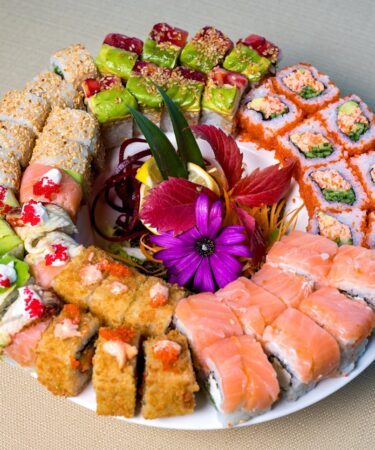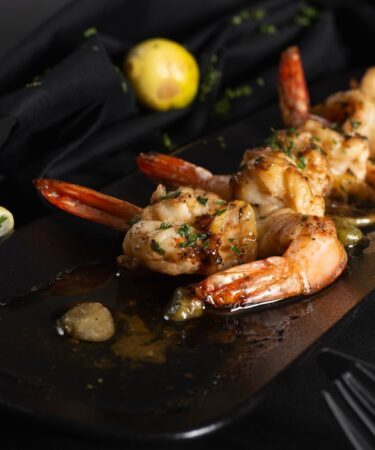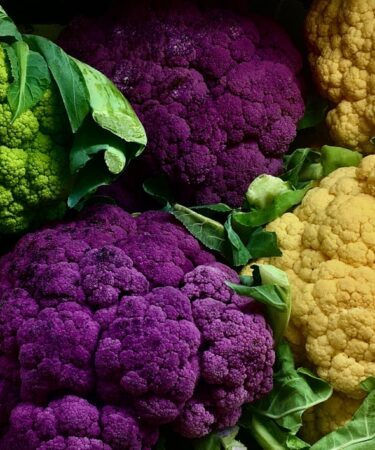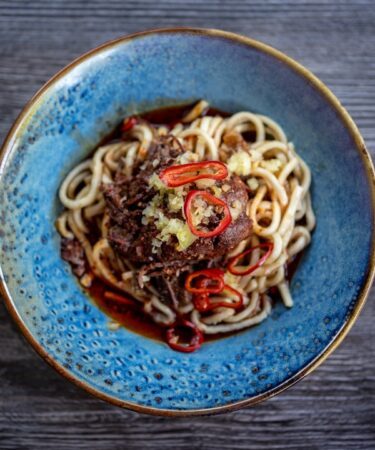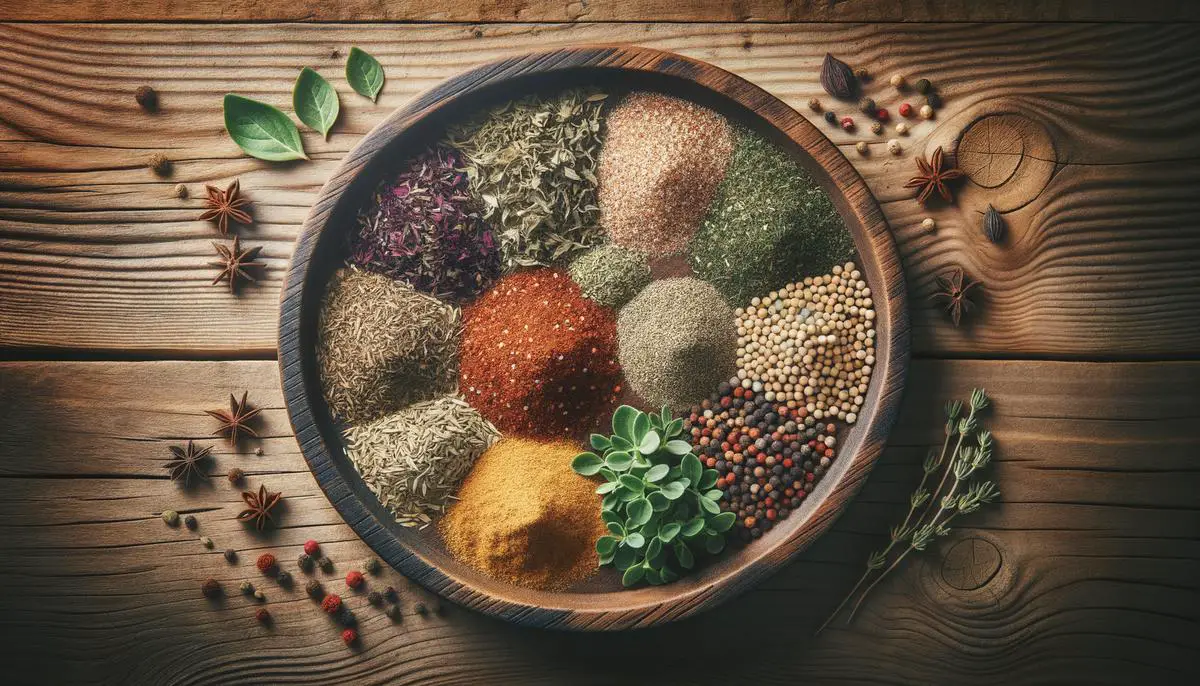Za'atar Spice Blend Overview Za'atar, a vibrant Middle Eastern spice blend, combines dried thyme, oregano, sumac, and sesame seeds. Each region adds its own twist, creating diverse flavors that tell stories through dishes. The importance of ingredient quality is crucial; fresher spices deliver more potent aromas and flavors. High-quality sumac, with its tangy zest, contrasts …
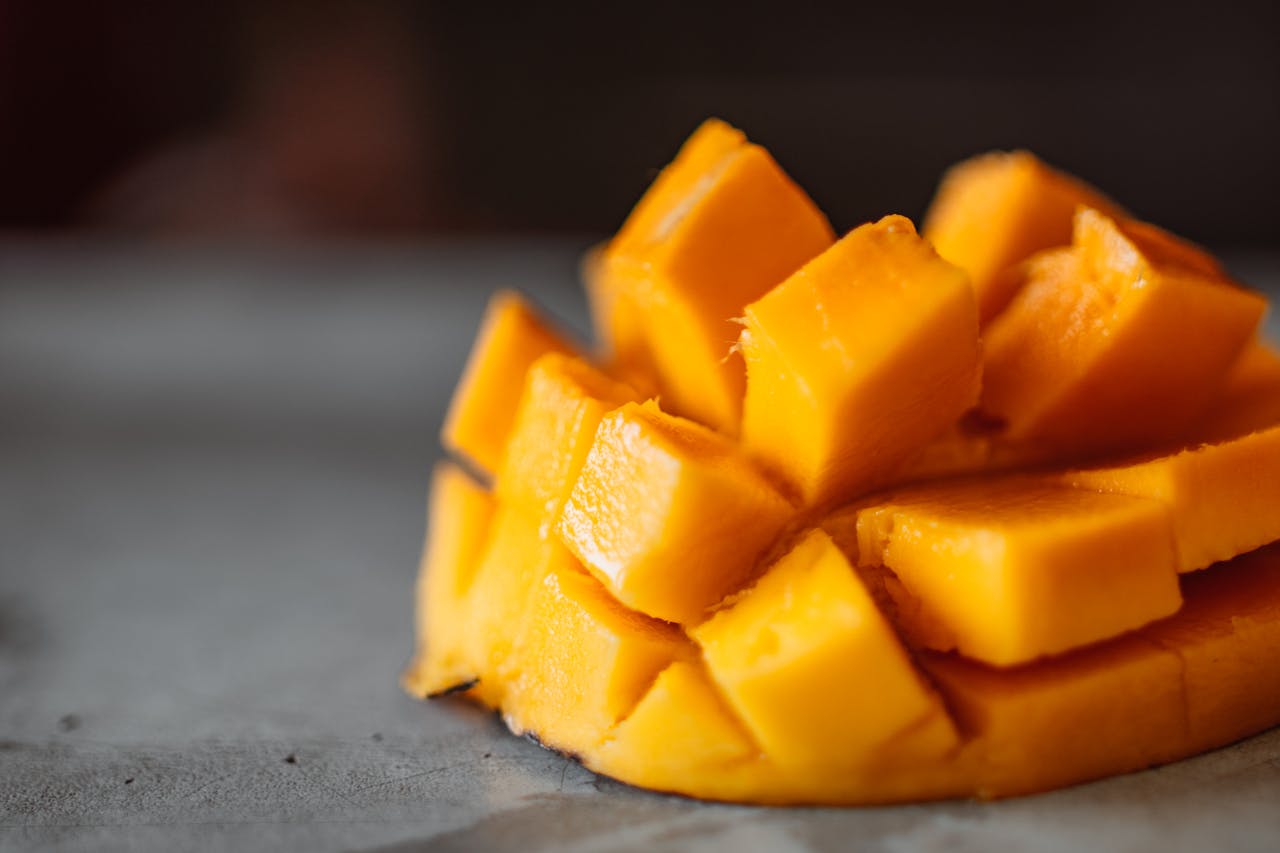
Discover the Tangy Delight of Mango Powder Amchoor
Mango powder amchoor is a unique and versatile ingredient that adds a burst of tangy, sour, and sweet flavor to dishes. It is commonly used in Indian cuisine and has a long history and cultural significance in the country. In this article, we will explore what mango powder amchoor is, how it is made, its …
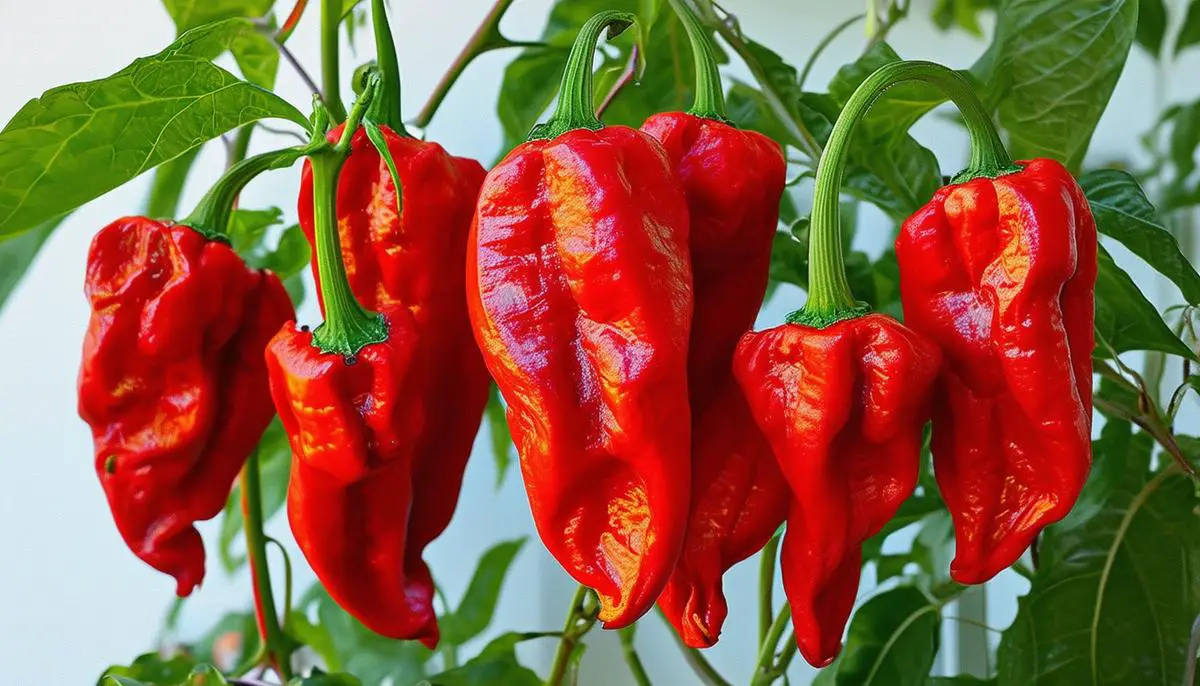
Naga Jolokia Ghost Chili
Origins and History Bhut Jolokia, famously known as the Ghost Pepper, originates from the northeastern regions of India, specifically Assam. This fiery chili is not just a culinary ingredient but a profound part of the cultural heritage in Assam and surrounding areas. Its naming is a tale of translation and misunderstanding: “Bhut” in Assamese loosely …
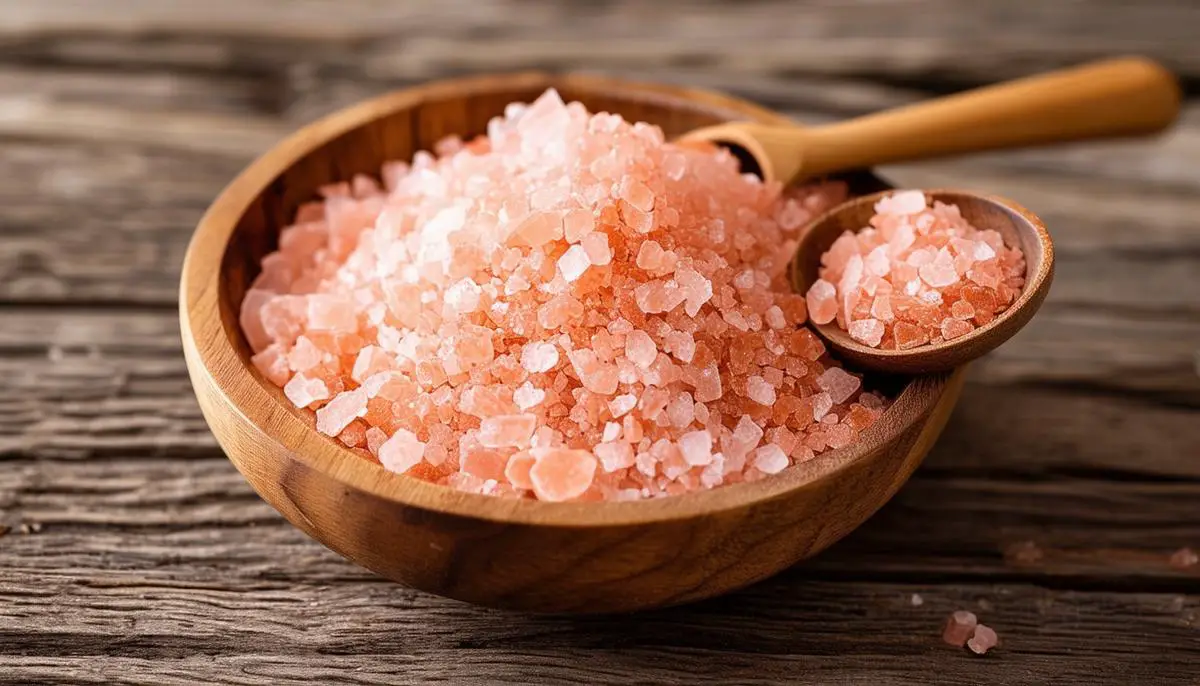
Himalayan Salts
Origins and Composition Himalayan salt, extracted from the Khewra Salt Mine near the Himalayas in Pakistan, is about 250 million years old. Primarily composed of sodium chloride (98%), Himalayan salt's pink hue comes from trace minerals such as iron oxide, magnesium, potassium, and calcium. These minerals contribute to its color and subtly enrich its flavor …
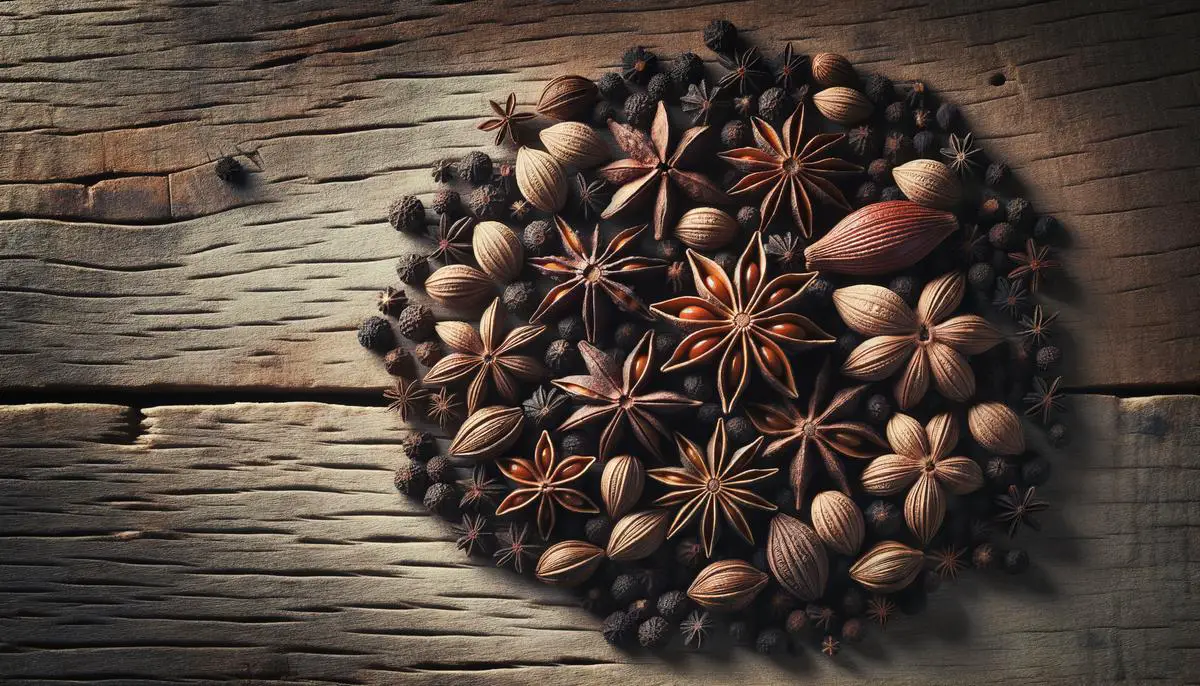
Anise vs Star Anise
Botanical Origins and Cultural Significance Anise and star anise, though often confused due to their similar names and flavor profiles, have distinct botanical backgrounds and hold unique places within various cultural traditions. Anise, or Pimpinella anisum, is a flowering plant from the Apiaceae family, known for its sweet, aromatic seeds that taste like licorice. Originating …

Green Bell Pepper Recipes
Green Bell Pepper: A Culinary Staple Green bell peppers, with their vibrant color and crisp texture, arise from sun-soaked fields, originally cultivated in Central and South America but now a global staple in an array of cuisines. The beauty of this vegetable lies in its culinary flexibility; they can be stuffed, stir-fried, roasted, or eaten …
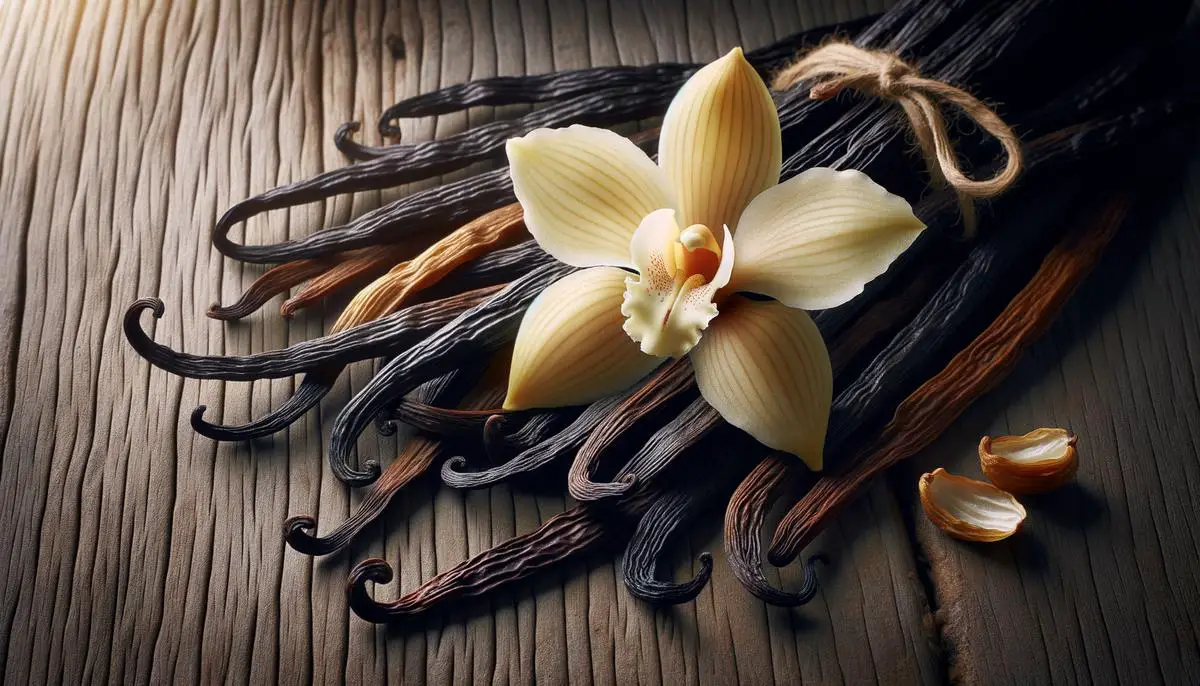
Vanilla Bean Cultivation
Vanilla Bean Basics Vanilla, derived from the orchid species Vanilla planifolia, stands out in the spice world for its rich flavor and complex cultivation process. Native to Mexico and Central America, this orchid is the only one among the vast family that provides an edible fruit, the coveted vanilla bean. The vanilla plant does not …
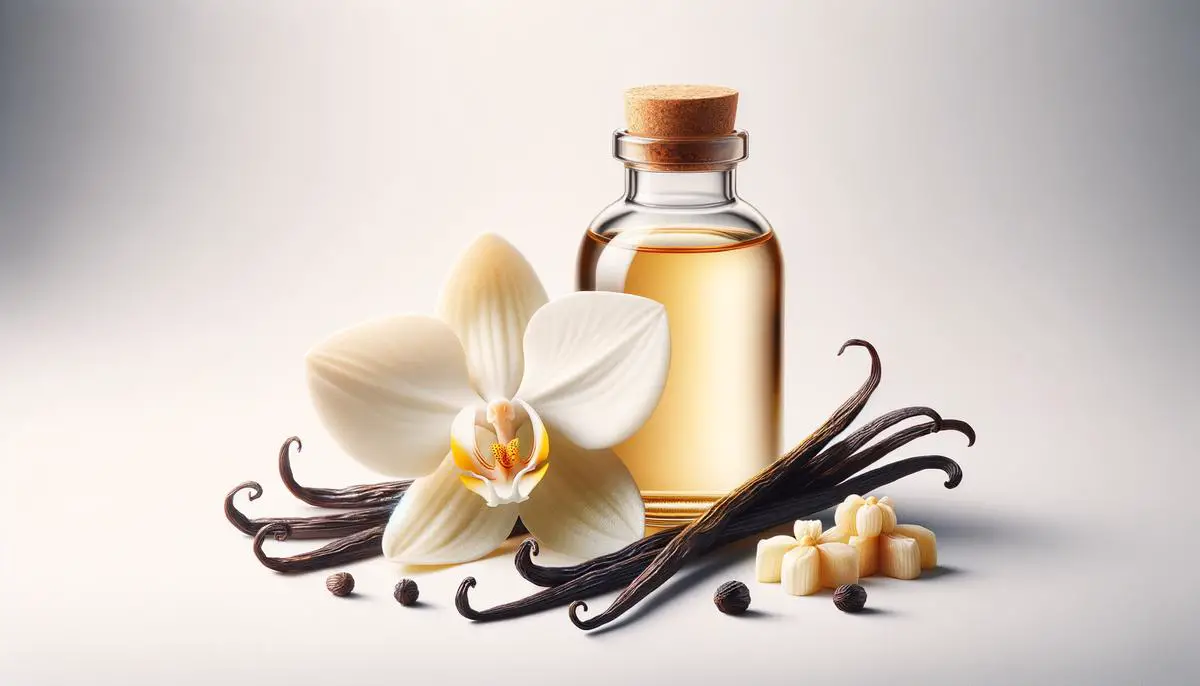
Vanilla Extracts
Production and Types of Vanilla Extract Browsing through aisles lined with numerous varieties of vanilla extract, one can easily notice brands labeled as pure, imitation, or vanilla essence. These descriptors, mandated by FDA standards, serve an informative purpose. Pure vanilla extract must contain at least 35% alcohol with 100g of vanilla beans per liter. This …
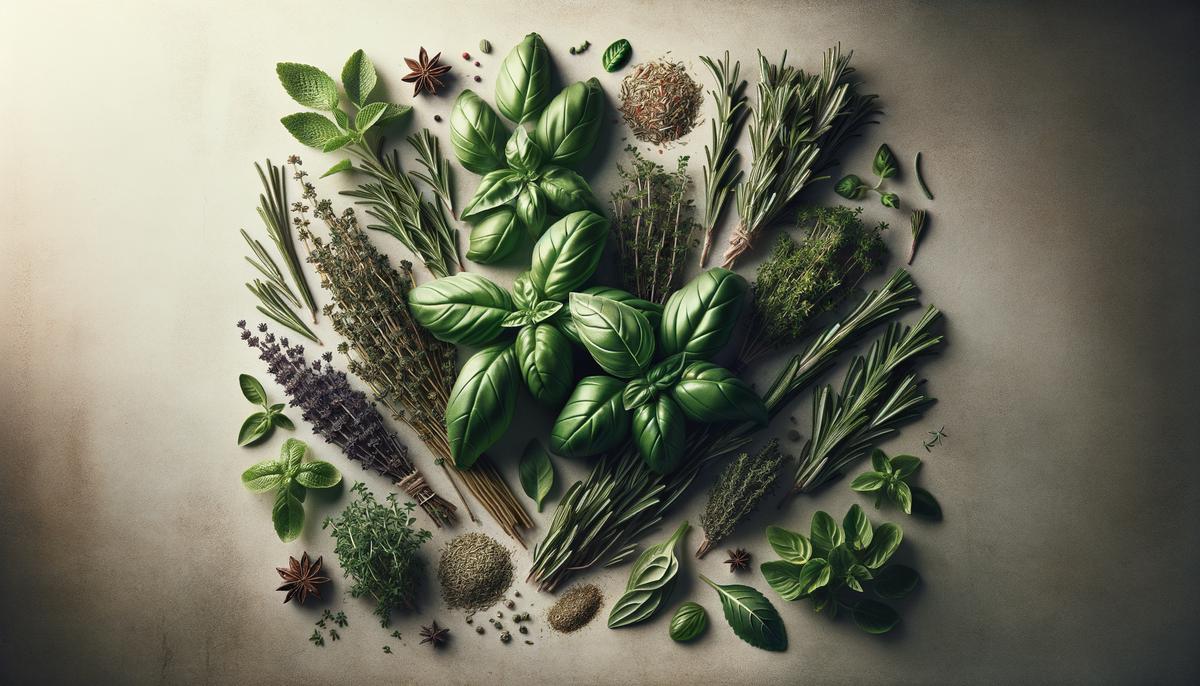
Italian Seasoning Guide
Components of Italian Seasoning Italian Seasoning, a quintessential blend that imparts the essence of the Mediterranean into countless dishes, leans heavily on herbs like basil, oregano, and rosemary, each bringing their robust characteristics to the table. Basil, with its sweet, fragrant profile, evokes the freshness of summer gardens, acting as a bright counterpart to more …
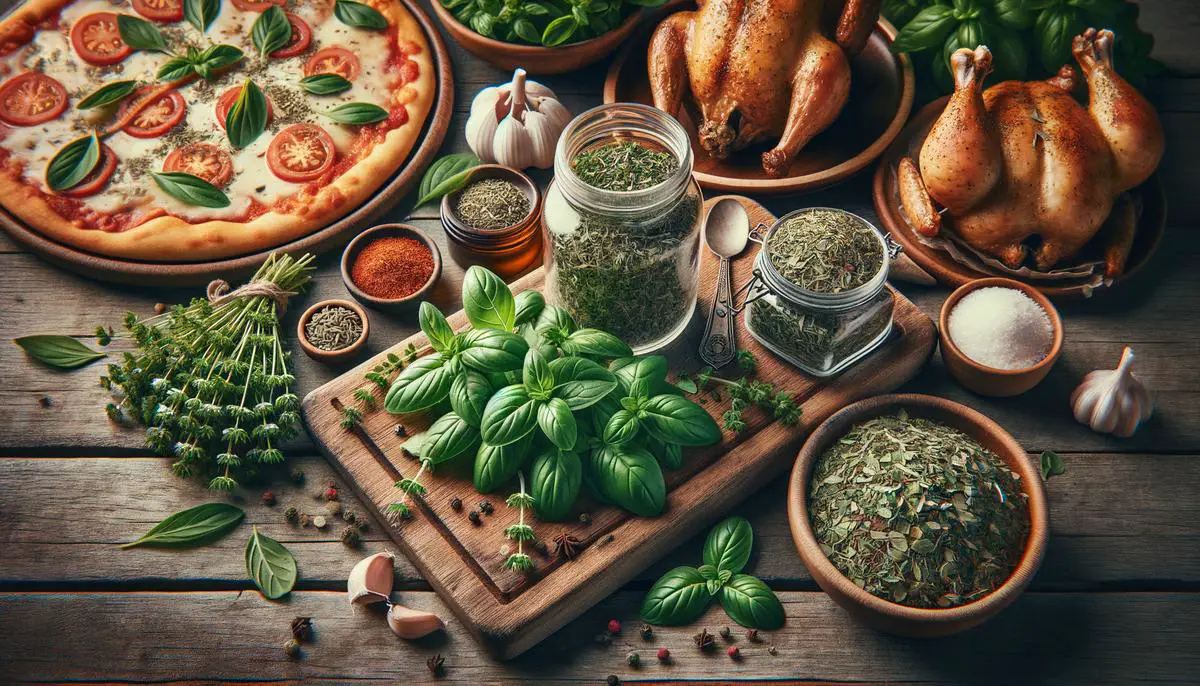
Marjoram Herb Benefits
Nutritional Profile of Marjoram Marjoram, a perennial herb from the mint family, is praised for its aromatic properties and nutritional benefits which play a vital role in a balanced diet. Rich in vitamins and minerals, marjoram offers several health benefits. One teaspoon of dried marjoram contains essential vitamins such as vitamin A, which is crucial …

